School funding is a multi-faceted beast. Crafting finance messaging for public consumption can challenge even the most seasoned communicator. But you seem to have a natural understanding of how to interpret complex data into digestible infographic bites. What advice can you give district communications managers, superintendents, and finance directors for telling their school funding story?
I think the word ‘story’ is an apt one here and is at the root of the solution. Oftentimes, when district clients come to us, they don’t know what their school funding story is. They might have spreadsheets full of data from the finance director, a vision for the future from the superintendent and board, and, of course, the communications managers have marching orders to ensure that tasks get done, but they don’t necessarily know what story their district’s finances tell.
As a content strategist, it’s my job to listen to all the details, dive into the data, and then help them realize what story we are telling. And by ‘story’, of course, I am not referring to something fictional or fantastic. It is always my top goal to be straightforward, honest and forthright in these types of communications. But the goal when communicating with the public is to distill the information down to an elevator speech, not write a novel.
A levy handout that Melissa recently completed for Yakima School District.
What process do you use to find a district’s finance story?
After taking a deep dive into the information and data, I like to meet with the client and learn their background. Every district is different, and it’s important to understand their culture and their audience. While the data is the plot of the story, a district’s background is the setting. And, of course, you have to know who your reader is.
I like to ask them:
- Who are your audiences? What has resonated with these audiences in the past? What hasn’t worked?
- Is there a particular challenge your district is facing? For example, lack of trust, tax aversion, community politicization?
- How familiar is your community with school finance? Do you talk about your financials even when not running a funding measure?
- What is normal and regular practice for communicating with your audiences in your district? (Remember, the PDC rules around this.)
How do you tailor messaging for a specific audience?
When meeting with the district, we discuss their audiences and which materials will be going out to which audiences. For example, if a district knows that the only way to reach older voters in their community is through their print mailer, I will work to ensure that the type size is not too small and that we don’t use educational jargon (I try to avoid jargon in general).
Sometimes districts will specify a grade level to write messaging for, either because of the education level in their community or because they have many members who speak English as a second language. I appreciate it when a district has a good grasp on this and tries to tailor their materials accordingly.
For example, I work closely with the Yakima School District, which has a large Spanish-speaking migrant population. Their communications department has translators on staff, and all communications are reviewed by those translators. While working on their levy handout this fall, we went back and forth trying to figure out what wording to use when talking about the state local effort assistance (LEA) funding that the district receives. The words that the English speakers liked didn’t translate well into Spanish. In the end, we settled on using a symbol instead of a word with the phrase “State $”. It was clear, concise and easy to understand in both languages.
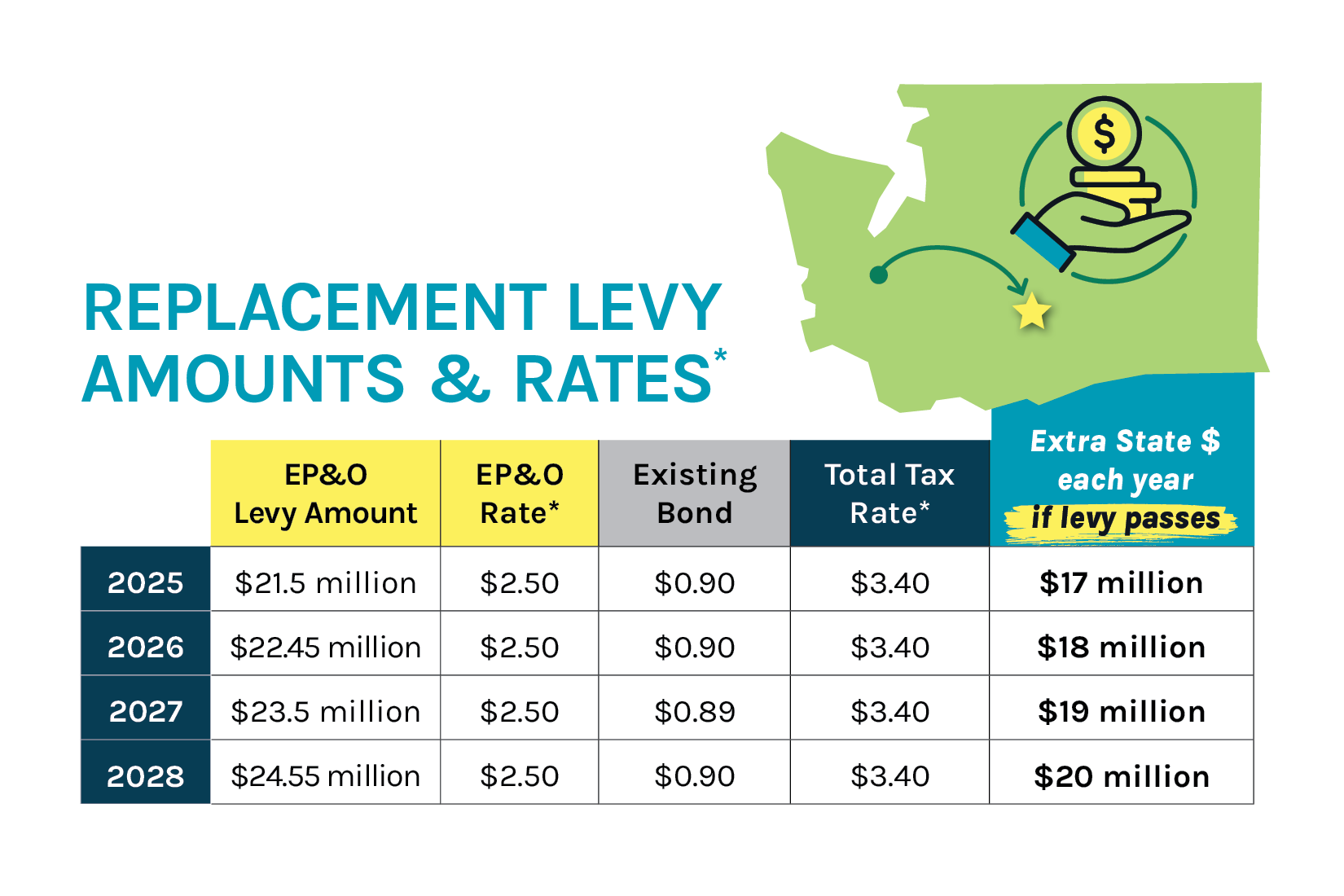
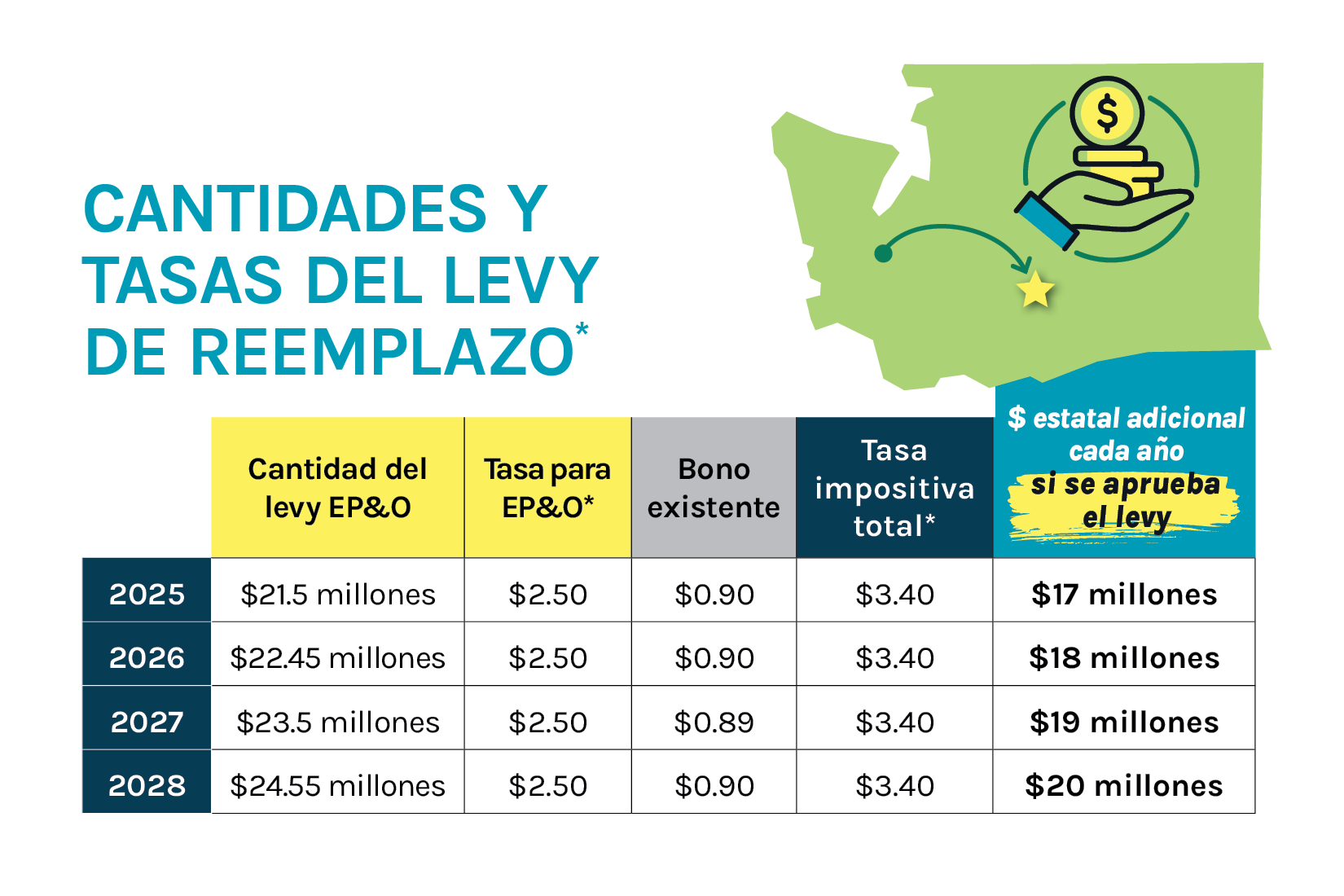
Do you typically write at a certain grade level?
Interestingly, when you read up on how to simplify communications for a 4th or 6th grade reading level, the process is similar to what I already do in all my work. I try to use short, direct sentences and the shortest words I can that are still accurate. This is ideal for making something easy to read and also making room for graphics. Of course, it can be super challenging when you’re talking about something as complex as school finance. It’s a definite balancing act to find the right amount of detail to make it accurate and transparent, while keeping it simple. You don’t want to oversimplify and run the risk of looking like you’re hiding information or misleading people.
You mentioned making room for graphics? What kinds of graphics work best for strengthening finance messaging?
I use four main types of imagery when telling school funding stories:

Graphs, Charts & Tables
Graphs, Charts & Tables
I never use the ones created in Excel. I recreate them to be as simple and easy-to-read as possible. This also lets me tailor them to fit the available space.

Photos
Photos
For levy materials, photos that show examples of activities funded by the levy. For bond materials, photos that show the condition of schools and students in the schools.

Icons & Illustrations
Icons & Illustrations
These are important to help break up long lists and categories of items. They can also serve to help illustrate a particular concept, such as Yakima’s LEA funds shown above.
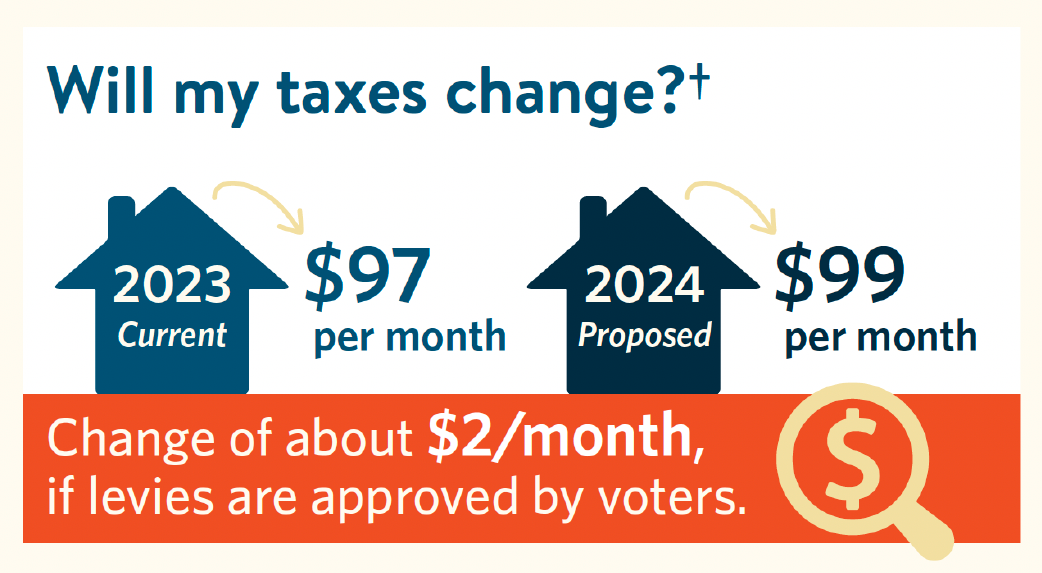
Infographics
Infographics
I use infographics when I need to explain a complicated concept in a graphical way, and the data doesn’t fit well into a simple chart or graph. These are most useful when you have dedicated space, such as on a presentation slide or for a social media graphic.
Examples are from Washougal School District’s April 2023 Levy mailer.
All of these elements work together with the text, as you can see in the Washougal mailer:
It’s also important to consider the branding of your school finance story. While PDC rules don’t allow logos or specific branding related to funding measure communications, we encourage our clients to use consistent graphics when talking about funding in non-election materials. The main form this takes is with levies. We urge districts to be talking about their local levies and what those levies support constantly to keep their community informed and to establish “normal and regular practice.” I will often create “levy stamps” or “levy bugs” to help districts quickly and easily identify levy-funded activities to their community.

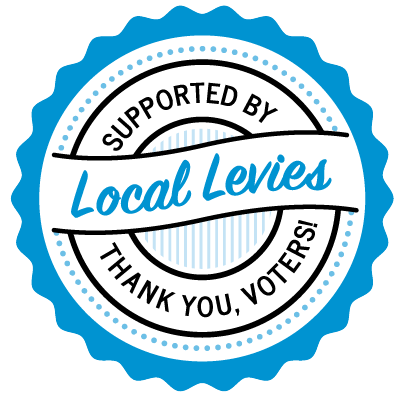
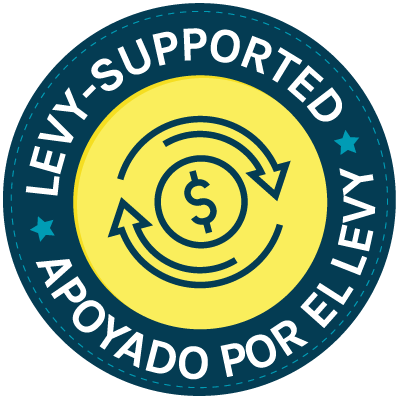
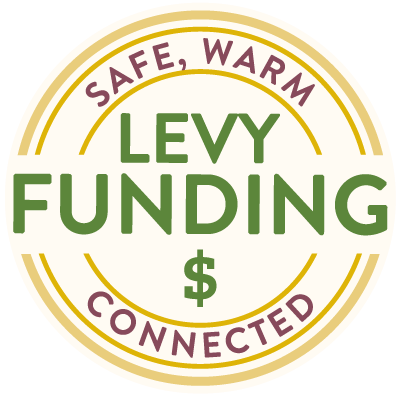
You’ve been telling school finance stories for nearly a decade now, and you’ve produced materials for dozens of school districts across the state. How has that process evolved?
Oh boy. Things have gotten so contentious and politicized these past few years, and, unfortunately, schools are caught in the middle of it. While PDC rules haven’t changed, the scrutiny of district materials has intensified, and PDC complaints have increased. When I started in this field, we weren’t fearful that we were pushing the limits of PDC regulations. Now we play it super safe. None of us want to be on the wrong end of a PDC judgement. I know there has been a push by education leaders to update the PDC regulations and make them clearer and more modernized, and I hope that when the updates come we get more clarity, but not even tighter restrictions.
What final advice do you have for districts in general about telling their funding story?
Don’t just rely on what you’ve done in the past and expect it to work in the future. The education landscape has changed, and it’s become harder to pass even basic levy replacements. Take a step back and consider what you can do to strengthen your communication efforts and messaging––and not just during an election year. Talking about school funding should be something you do regularly.
Also, look at what other districts are doing successfully, but make sure you identify your own funding story. Their situation may be drastically different than yours, so just copying someone else’s chart that you like can backfire. What might be a strength in their story could be a weakness in yours.


